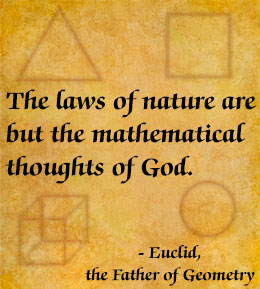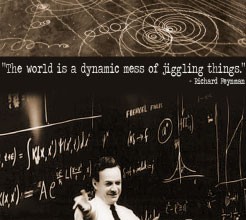Beauty is the test: there is no permanent place in the world for ugly mathematics. ~ G. H. Hardy!In this stage-setting post, I will derive, via effective 4-D string-theoretic actions, the orbifold Delta function, to be used in upcoming posts on flux compactification analysis. Theoretically, 4-dimensional effective action(s) can be derived via S-Matrix analysis and one can then easily write massless field actions that yield the correct scattering amplitudes. However, a better and geometrically more elegant way is to derive the Beta functional equations of motion and analyze the action(s) in that setting: in fact, that is the only method that yields us the crucial and philosophically deep orbifold Delta function. Let me set all the super-charged fields to zero with large discrete symmetry:
![]()
Note that all the fields that transform under those symmetries converge to zero, including crucially all of the moduli, substracting the total size of the torus and its superpartners. The metric is thus:
![]()
Given this metaplectic parametrization, one must note that we have effectively described the size of a Kähler space relative to a reference metric. Take an analogous Ansatz for the anti-symmetric tensor:
![]()
With standard notation for ![]() , the scalar field
, the scalar field ![]() and anti-symmetric tensor
and anti-symmetric tensor ![]() , by substituting in the 10-dimensional Lagrangian:
, by substituting in the 10-dimensional Lagrangian:
![]()
one can derive:
![]()
So far so good. Now one must, by unitarity, rescale the metric so that the Einstein term has the required Picard-Lefschetz oscillators, necessary for compactification:
![]()
and hence the action, given the necessary Weyl rescaling, is thus:
![]()
This Lagrangian can be interpreted as a 4-dimensional N = 1 supergravity Kähler Lagrangian with a symplectic moment-map induced potential. To deduce it, realize that in 4-dimensions, any anti-symmetric tensor superfield is equivalent to a scalar: this follows from counting degrees of freedom and using the Equipartition theorem. Thus, we get a dual transform:
![]()
where ![]() is the Kähler independent axion. So now, we define 2 chiral superfields, with scalar Kähler-components:
is the Kähler independent axion. So now, we define 2 chiral superfields, with scalar Kähler-components:
![]()
Letting ![]() be the Kähler potential:
be the Kähler potential:
![]()
we can derive:
![]()
as necessitated.
Now let us go back to the 10-dimensional gauge field terms and the following Yang-Mills term:
![]()
which permits us to include matter and gauge fields. Taking:
![]()
leaves us with 3 scalars, ![]() satisfying:
satisfying:
![]()
with no summing over ![]() . Including the 4-dimensional gauge fields,
. Including the 4-dimensional gauge fields, ![]() , we get the desired Weyl gauge action:
, we get the desired Weyl gauge action:
![]()
Now, crucially note that ![]() analytically includes the Chern-Simons transform-term, which is, in light of the Bianchi identity,
analytically includes the Chern-Simons transform-term, which is, in light of the Bianchi identity, ![]() , gives us the following:
, gives us the following:
![]()
with ![]() the magnetic flux monopole. Hence, we have a redefined
the magnetic flux monopole. Hence, we have a redefined ![]() incorporating
incorporating ![]() contributions:
contributions:
![]()
with a superfield ![]() coupled to the gauge fields:
coupled to the gauge fields:
![]()
and recalling that:
![]()
holds, we get, by using the definition of ![]() :
:
![]()
and by integrating by parts, coupling ![]() with a superpotential cubic in the
with a superpotential cubic in the ![]() fields allows us to derive the desired orbifold Delta function:
fields allows us to derive the desired orbifold Delta function:
![Rendered by QuickLaTeX.com \[\widetilde S_{10}^{(a)} = \frac{1}{N}\sum\limits_{b = 0}^{N - 1} {{e^{iba\,\phi }}} \delta \left( {{\omega _{\mu \nu \rho }} - {e^{ - ba\,\phi }}{\omega _{\mu \nu \sigma }}} \right)\]](https://www.georgeshiber.com/wp-content/ql-cache/quicklatex.com-34762bbc79ad72caa2a1bf076efde3f7_l3.png)
to be used in compactification analysis in the next post.
Hell, if I could explain it to the average person, it would not have been worth the Nobel Prize. ~ Richard Feynman!




